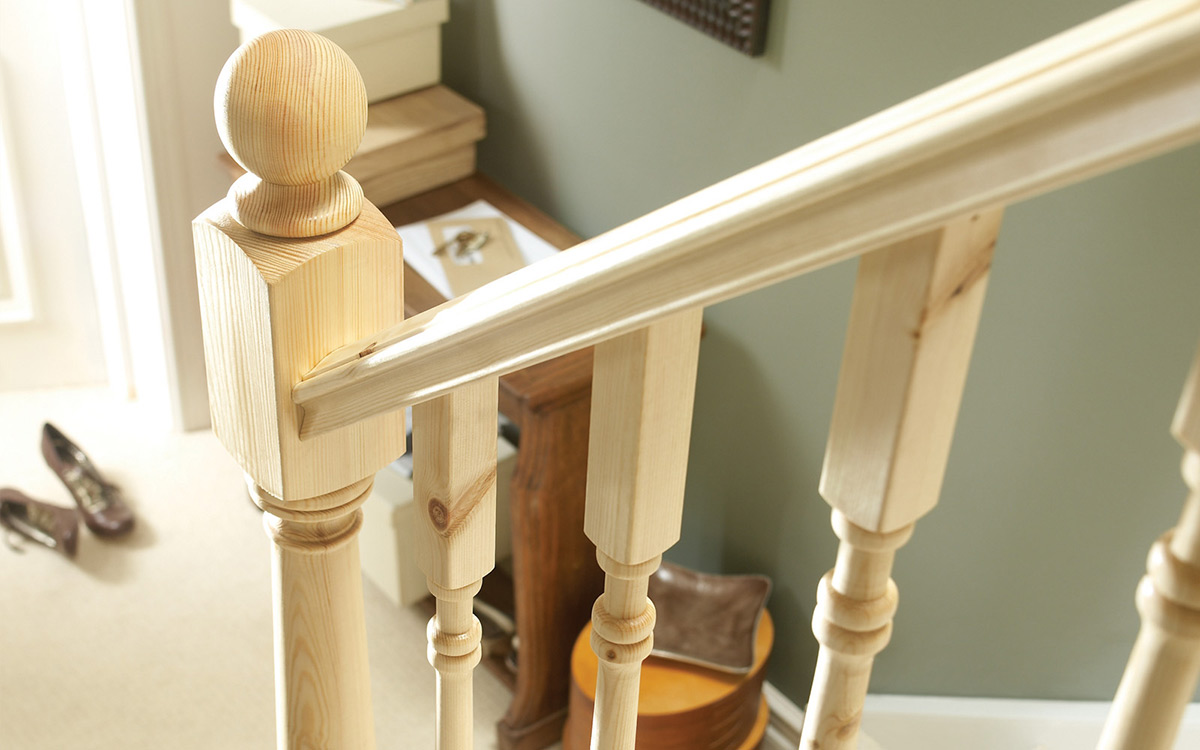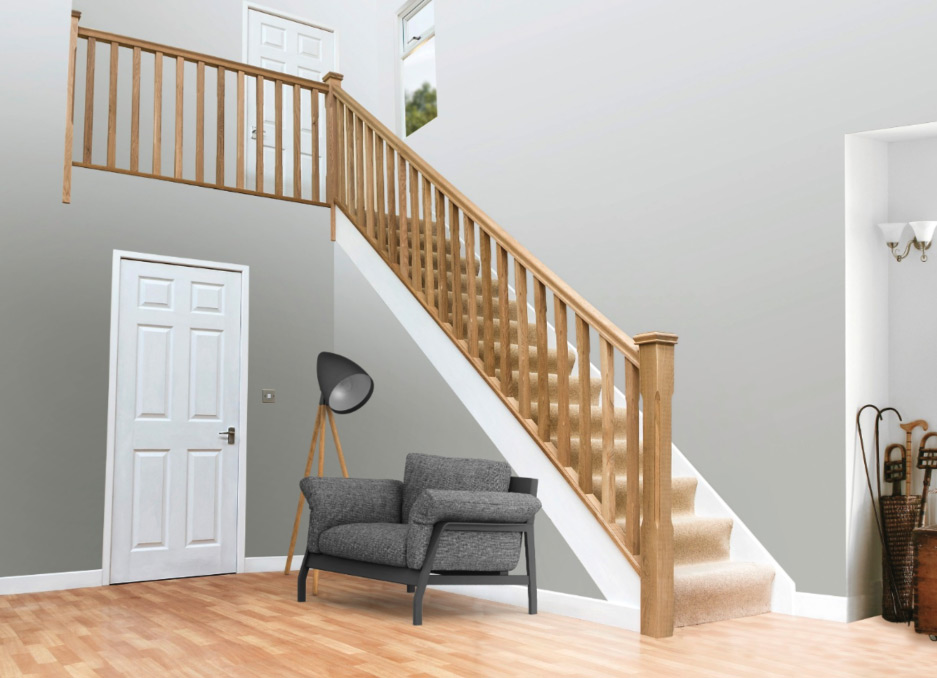
Pine Handrails
Pine Handrails FAQs
QUICK LINKS
PART TYPE
BY MATERIAL
RANGE
SUNDRIES
If you are looking for a more cost-effective way of updating your staircase, take a look at our popular range of pine handrails for stairs. With many styles available, from cottage loaf to mopstick handrails, our pine handrails are strong, lightweight and look great in both traditional and modern homes. We even stock leading brands such as Richard Burbidge.
We also stock ungrooved pine handrails that can either be mounted on a wall with the use of brackets or used in a more traditional staircase format with glass panels secured with glass panel brackets.
Our pine products are supplied un-finished, so we recommend finishing them with either a suitable paint, varnish or wax, as this will help protect them and make them look great.
If you're fully revamping your home's staircase, remember to check out our other stair products such as pine spindles, end caps, base rails and newel posts.
If you are looking for a more cost-effective way of updating your staircase, take a look at our popular range of pine handrails for stairs. With many styles available, from cottage loaf to mopstick handrails, our pine handrails are strong, lightweight and look great in both traditional and modern homes. We even stock leading brands such as Richard Burbidge.
We also stock ungrooved pine handrails that can either be mounted on a wall with the use of brackets or used in a more traditional staircase format with glass panels secured with glass panel brackets.
Our pine products are supplied un-finished, so we recommend finishing them with either a suitable paint, varnish or wax, as this will help protect them and make them look great.
If you're fully revamping your home's staircase, remember to check out our other stair products such as pine spindles, end caps, base rails and newel posts.
If you are looking for a more cost-effective way of updating your staircase, take a look at our popular range of pine handrails for stairs. With many styles available, from cottage loaf to mopstick handrails, our pine handrails are strong, lightweight and look great in both traditional and modern homes. We even stock leading brands such as Richard Burbidge.
We also stock ungrooved pine handrails that can either be mounted on a wall with the use of brackets or used in a more traditional staircase format with glass panels secured with glass panel brackets.
Our pine products are supplied un-finished, so we recommend finishing them with either a suitable paint, varnish or wax, as this will help protect them and make them look great.
If you're fully revamping your home's staircase, remember to check out our other stair products such as pine spindles, end caps, base rails and newel posts.




14 Items
14 Items
Pine Handrails FAQs
Before selecting your stair parts, you may want to consider the difference between pine and oak. Let’s take a closer look:
• Lightweight - Pine trees grow a lot more quickly than oak trees. Because of this, their wood is softer.
• Appearance - Pine tends to be lighter in colour than oak with a yellow or reddish tint which can gradually darken. With straight grain and attractive knots, pine offers a unique and striking style.
• Less expensive - Due to pine's faster growth rate and oak's superior strength and durability, pine is the less expensive of the two kinds of wood.
• Durability - Whilst pine is a very sturdy wood, it doesn’t boast the same long-term durability as oak.
• Painting and finishing - Pine looks exceptionally stylish when varnished, painted or stained. Oak is also perfect for staining and polishing.
No, pine is a softwood and consequently less strong than oak. While oak is the stronger option of the two, pine still offers good strength and durability.
Pine stair parts tend to be cheaper than oak because pine trees grow more quickly and are more sustainable.
The best way to differentiate between pine and oak is to look at the pattern and colour. Pine has a very distinctive pattern of knots with a straight grain and beige or yellow colour. Alternatively, oak has a larger colour range from blonde to dark browns and is knot-free with a pronounced grain.
This depends entirely on your individual requirements. Pine is less expensive than oak and has an excellent finish, but it is not as hard wearing or strong. Oak, on the other hand, costs a significant amount more.